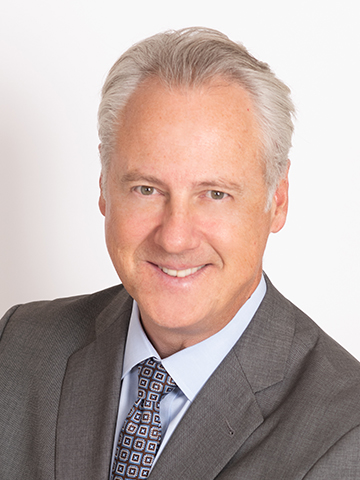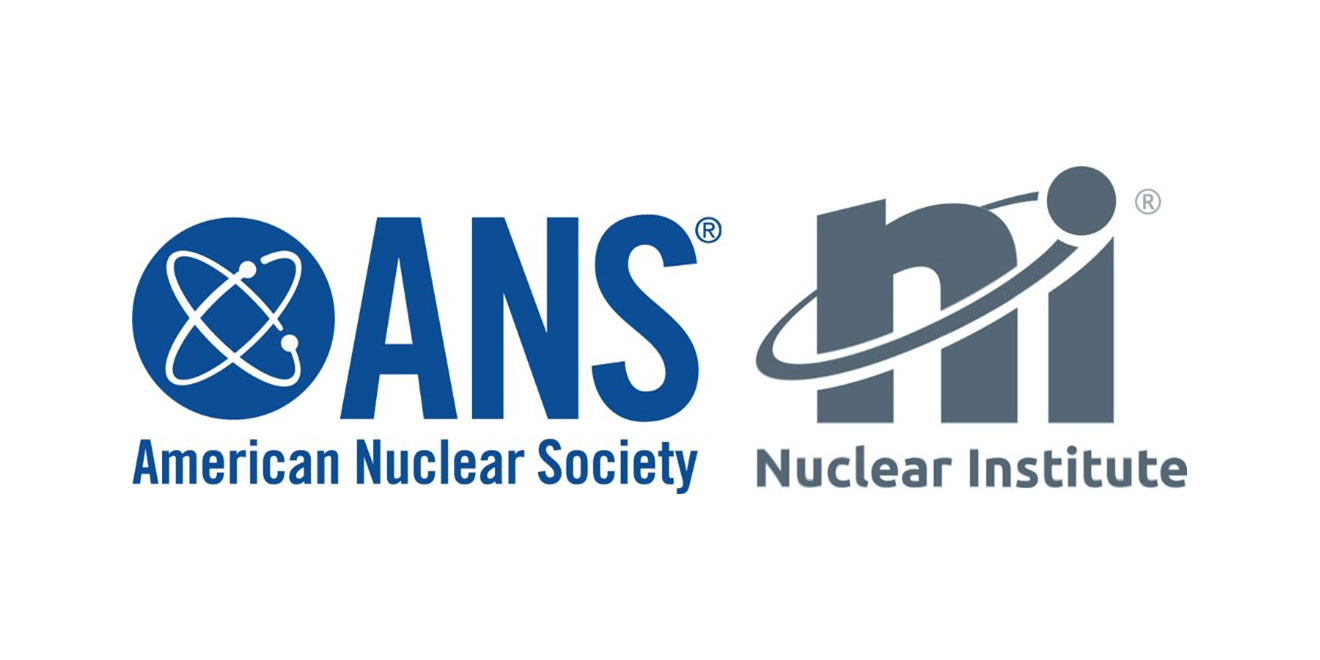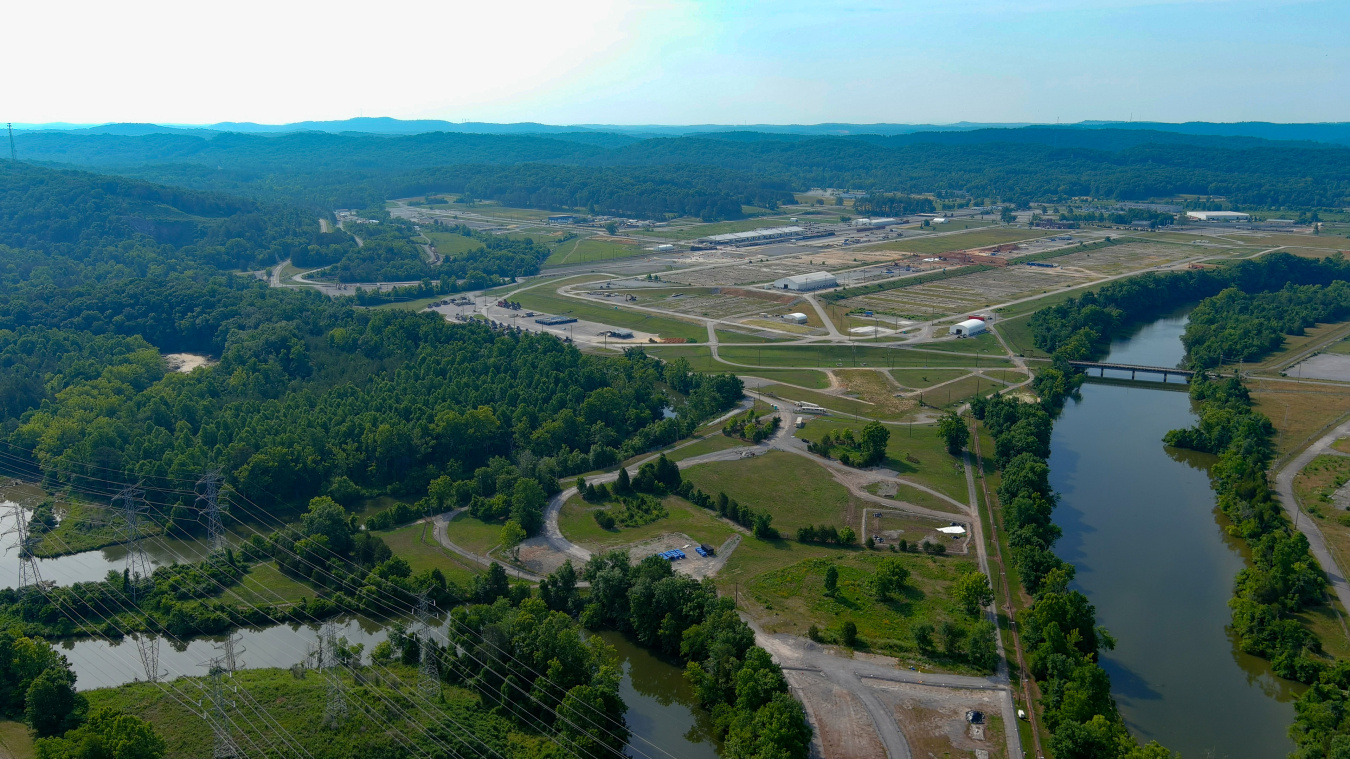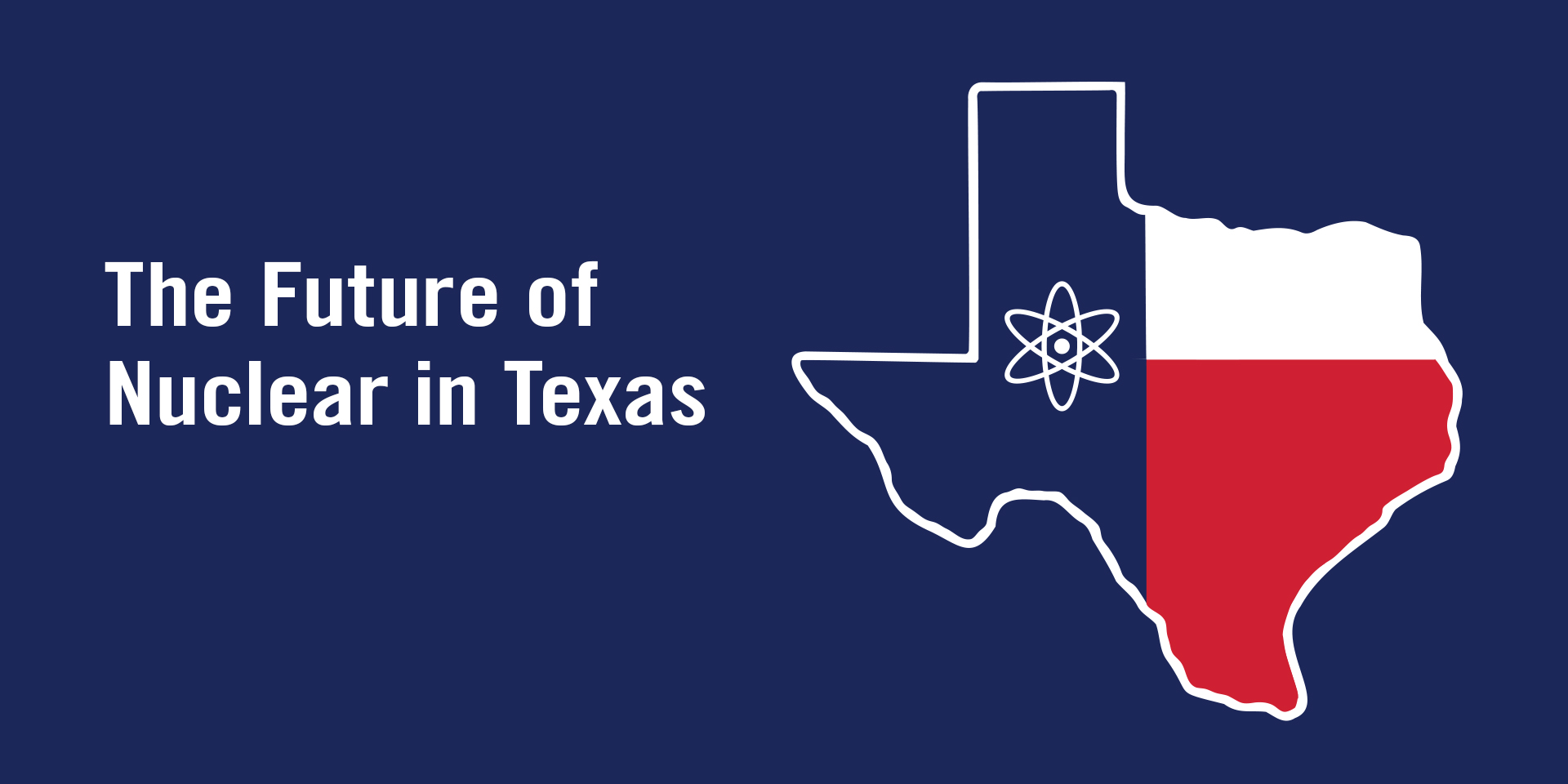Craig Piercy (left) and Richard Morrision. (Screen capture/Free the Economy podcast)
The American Nuclear Society's Executive Director/CEO Craig Piercy recently sat down with Richard Morrison on an episode of the Competitive Enterprise Institute’s Free the Economy podcast.
August 22, 2025, 9:35AMNuclear NewsHash Hashemian and Ken Rueter A view of the East Tennessee Technology Park after core cleanup was completed. (Photo: DOE)
ANS Executive Director/CEO Craig Piercy’s reflection on the 80th anniversary of the Trinity Test (Nuclear Newswire, July 16) was a thoughtful and fitting remembrance of the achievements and legacy of the World War II generation of nuclear pioneers. We also see legacy environmental cleanup as a vital next step as our industry launches what Secretary of Energy Chris Wright has defined as “Manhattan Project 2.0.”
Honoring the achievements and legacy of the WWII generation of nuclear pioneers — and remembering all those affected by Trinity.
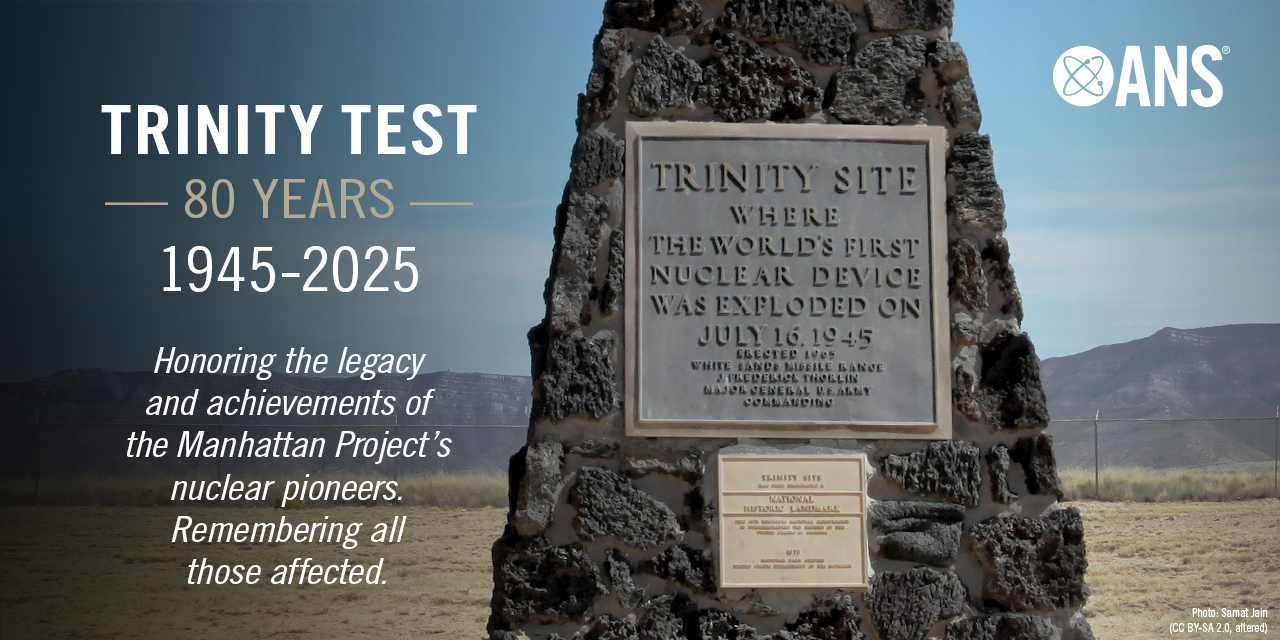
By Craig H. Piercy, CEO and Executive Director of the American Nuclear Society
Eighty years ago today, at exactly 5:29:45 a.m. local time* on July 16, 1945, the United States Army detonated the world’s first nuclear bomb in the Jornada del Muerto desert of southern New Mexico. The searing flash and thunderous shockwave marked the culmination of the Manhattan Project, a secret, three-year national effort to harness nuclear fission and hasten the end of the Second World War.
The Trinity Test, overseen by Manhattan Project director Major General Leslie Groves and Los Alamos Laboratory director Dr. J. Robert Oppenheimer, was the final act of that race to build the atomic bomb. Hoisted atop a 100-foot steel tower, the plutonium implosion device, known as the Gadget, unleashed a blast equal to 21,000 tons of TNT and temperatures hotter than the center of the sun.
From ten miles away, observers wearing darkened welder goggles looked on in stunned silence. “We knew the world would not be the same,” recalled Oppenheimer.
From left, Igor Bolotnov, Amir Bahadori, Gale Hauck, and Christopher Perfetti at the Mentorship Matters panel during the ANS 2025 Annual Conference. (Photo: ANS)
Applications are officially open for the second cohort of the American Nuclear Society’s newly redesigned mentoring program. Mentor Match is a unique opportunity available only to ANS members that offers year-round mentorship and networking opportunities to Society members at any point in their education.
The deadline to apply for membership in the fall cohort, which will take place October 1–November 30, is September 17. The application form can be found here.
Craig Piercy delivers remarks at the Monsanto Auditorium at the University of Missouri. (Source: Abbie Nell Lankitus/University of Missouri)
ANS Executive Director/CEO Craig Piercy recently spoke on nuclear power’s potential for answering today’s energy demands as part of the Distinguished Lecture Series at the University of Missouri. He also took part in the ribbon cutting for a large addition to the University of Missouri Research Reactor (MURR).



